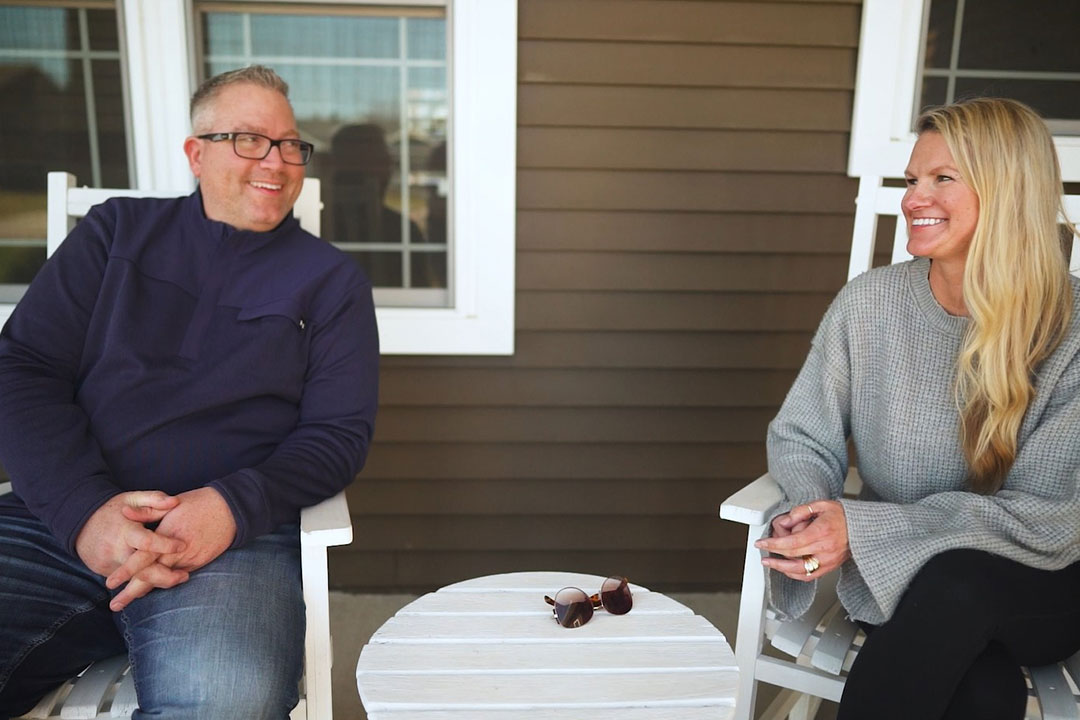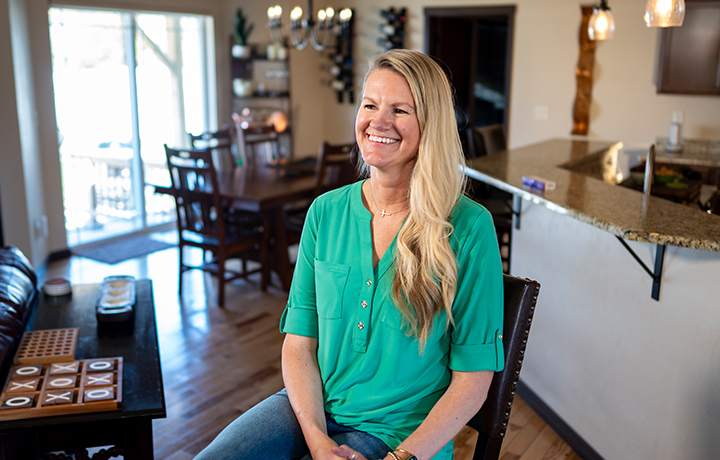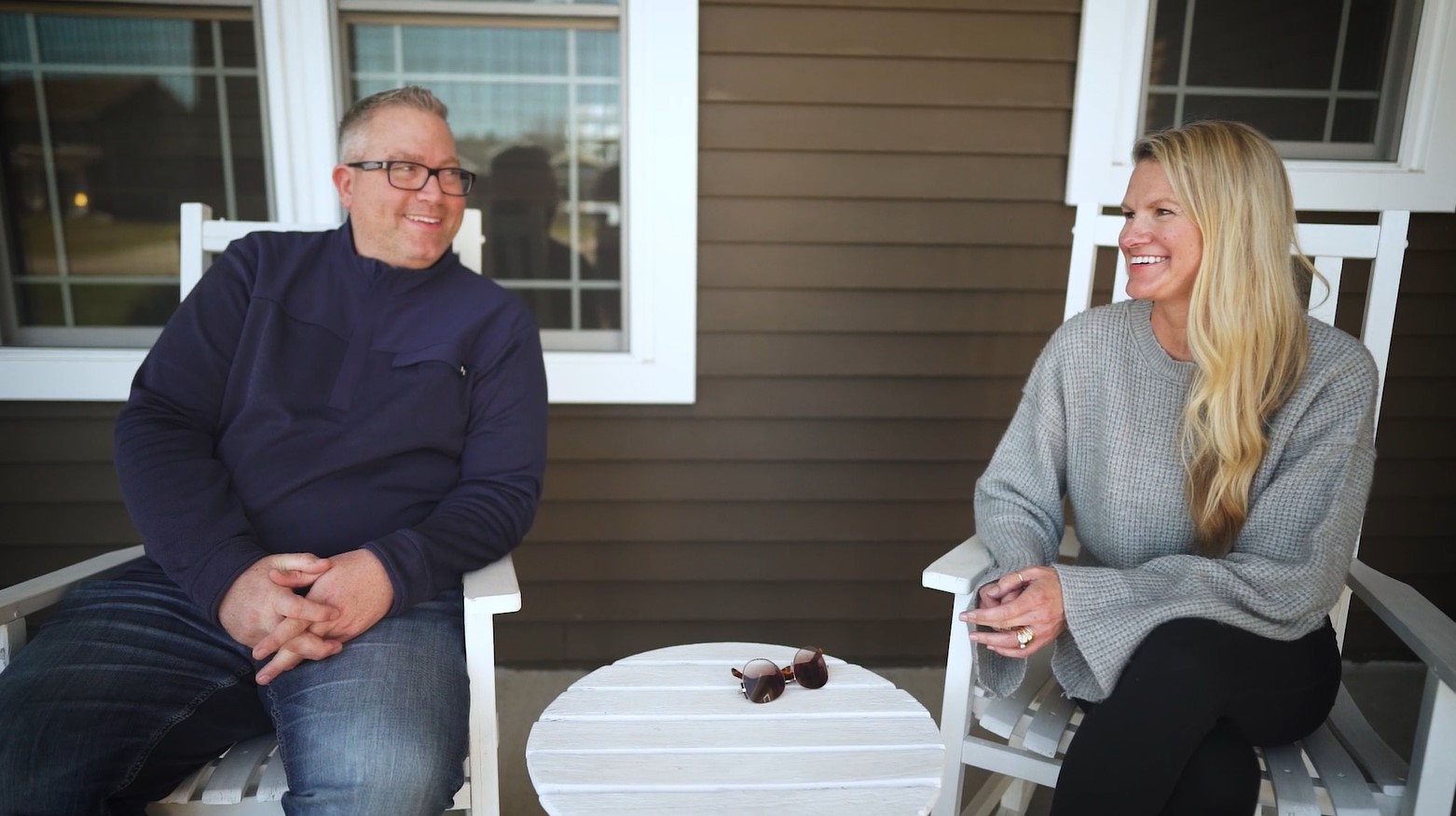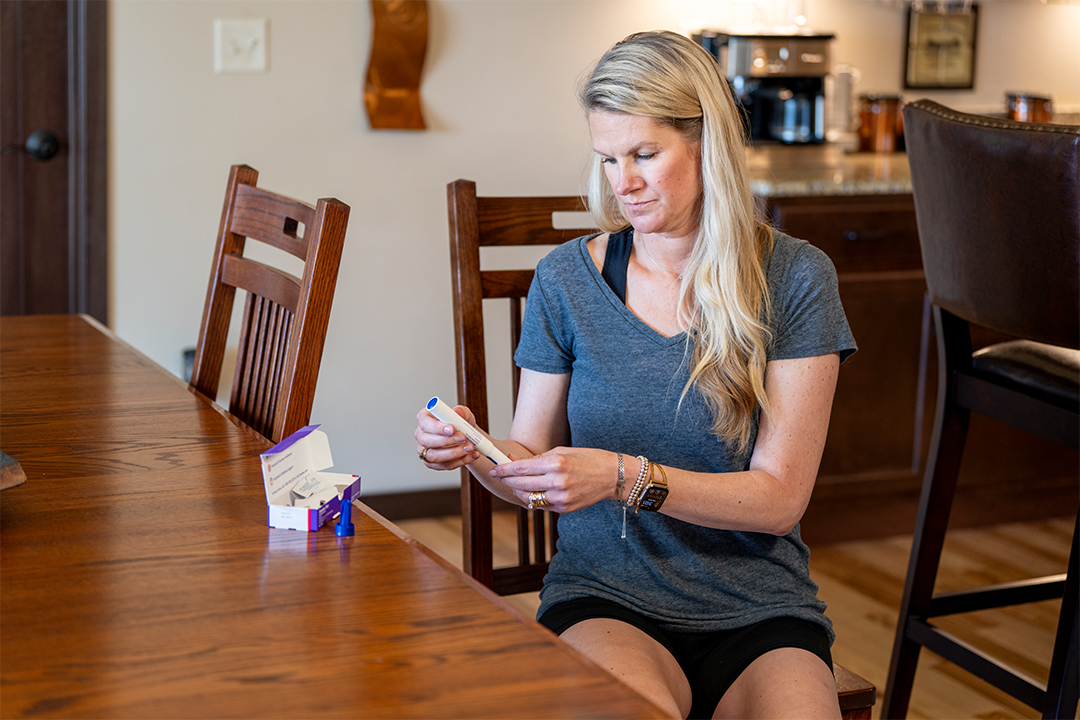When symptoms started
Multiple sclerosis doesn’t define me, but it most certainly has helped shape how I approach my life and how I show up for others. After 17 years of living with MS, how could it not?
The numbness and tingling started when I was around 20 years old and in college. I went to the doctor to get it checked out but left with only the unsettling possibility that it could be multiple sclerosis.
That first brain scan showed just one lesion, which wasn’t enough to diagnose MS. They told me bad cases of influenza can result in a brain lesion, so there wasn’t really anything I could do except keep going with school and life.
I did start doing research, though, and I’ll be honest: there was fear.
Then, every 3 years or so, additional symptoms came and went. Among the most persistent was the strange sensation of my hands and feet turning white — a sign of a blood flow disorder called Raynaud’s phenomenon, which is often linked to autoimmune diseases.
The same cycle played out each time: symptoms surfaced, an MRI revealed too little for a diagnosis, symptoms eased. For 9 years, it played out like this.
It was such a long time — you feel like you’re going crazy when it’s that long. You go back to the doctor with the same complaints, and you know they’ll say the same things they did before.
Why minimizing stress is so hard
When I was 29, my husband and I decided to relocate from Minnesota to Wisconsin to be closer to family. That decision kicked up all kinds of change. We put our house up for sale, started packing and looked for new jobs.
I landed one, but even with that security, the load of the move affected my symptoms.
I wasn’t acting like I was stressed, but the stress of it all is what landed me with my ultimate diagnosis right before we moved. My symptoms were out of control — hands completely numb — so I went in for one more scan. This time, it was conclusive: 14 brain lesions.
The neurologist said, “This is going to be the hardest thing you’ll be asked to do, but what will help you manage your MS the remainder of your life is to minimize stress.” That was 10 days before moving our entire life.

Challenges with getting my medication
I found a neurologist within 2 days of arriving in Wisconsin, and we came up with a plan right away. Since the largest lesion was on my brain stem, which controls balance, coordination, reflexes and more, my doctor advised the most aggressive treatment at the time: an injection every other day.
It would slow my symptoms and eventually, we hoped, help heal my brain lesions.
But when I went to pick up the prescription at the local pharmacy, it was a disaster. The staff looked at me like I had 5 heads and said, “We don’t fill this type of medication here.”
It was a nightmare. The only thing I could think of was, “I need to get going. I need these injections. I should have started this yesterday, or years ago.” Instead, I’m standing at a pharmacy in a small town in Wisconsin, and they’re not familiar with the medication.
I didn’t yell, but I was very firm: “You need to help me figure out how to get it.”
An hour passed and my stress spiked — the very thing I needed to avoid — as the head pharmacist worked the phone with my insurance to reroute the prescription to what is now Optum® Specialty Pharmacy. It was so frustrating to leave empty-handed, but Optum Specialty Pharmacy was able to ship the medication to my home the next day.
Managing MS side effects and high costs
When I opened the box of my new medication for the first time, I thought, “Wow, I’m going to do this every other day for the rest of my life.” It was humbling.
Was I intimidated by that first injection? I wasn’t worried that it was going to hurt. I was more nervous about side effects. I had done so much reading about MS, and you know how that goes. “Am I going to get sick? Am I going to be nauseous? I don’t want to lose my hair.”
I’d just started a new job and was worried about many things, but not the actual needle going into my body. It did help that Optum sent a nurse to be with me for the first injection in case I experienced any adverse effects. She was very helpful, knowledgeable and reassuring, and I was thankful to have her there.
Not long after that, an Optum pharmacist reached out to me to check in and see how he could help. You don’t know what you don’t know, so it can be overwhelming. But he walked me through it: keep an eye out for infection at the injection site, watch for side effects and pay attention to nutrition.
I didn’t lose my hair, but I did have 9 months of nausea as I acclimated to the medication. I can’t tell you how many times I had to pull over during my commute between home and my new job.
Beyond the physical and medical aspects of it, of course, was the cost. It was astronomically expensive. But, at the beginning, I wasn’t thinking about how it would affect my out-of-pocket costs. Then, once I realized I was going to be OK and that this is my new normal, we found that my medication had a copay card program. Optum signed me up right away, and it’s been great ever since.
I still have hard days, but I’ve learned how to manage both stress and aggravated symptoms. Believe it or not, my new job helped, and I’m proud to say that now I’m the one who gets to help.







